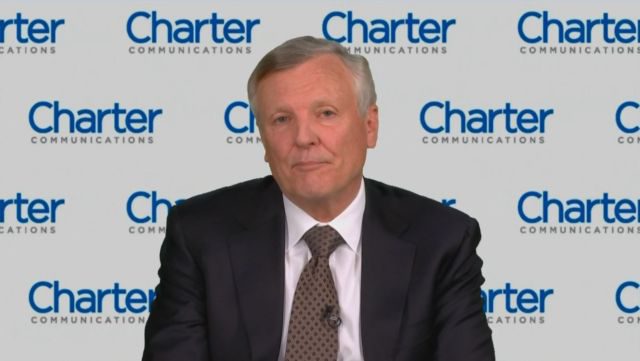
Rutledge
Charter Communications is using the benefits of the Republican-promoted tax cut to buy back its own stock, because the only other option under consideration was using the money to buy up other cable operators.
“From a [mergers and acquisitions] perspective, I think cable is a great business. If there were assets for sale that we could do more of, we would do that,” said Charter Communications CEO Thomas Rutledge at this week’s UBS Global Media & Communications Conference. “We’ve been buying a lot of our own stock back. Why? Because we think the cable business is a great business and we haven’t been able to buy other cable assets.”
Charter is not using the company’s lower tax rate to benefit Spectrum customers with lower bills or more extravagant upgrades. Instead, it is accelerating efforts to please shareholders and executives with efforts to boost its share price — something key to top executives’ performance bonuses.
With digital and broadband upgrades nearly complete in areas formerly served by Time Warner Cable and Bright House Networks — the cable companies Charter acquired in 2016 — Rutledge told investors he can initiate additional upgrades without spending huge sums on infrastructure buildouts.
Gigabit speed is now available in most markets, and the company has doubled its lowest internet download speeds in areas where it faces significant competition from AT&T from 100 to 200 Mbps, boosting sales of Spectrum broadband service, according to Rutledge.
Today, about 60% of Spectrum customers are offered 100 Mbps, while the other 40% — mostly in AT&T service areas — are getting 200 Mbps.
 Rutledge told investors he does not see much threat from Verizon FiOS or its newly launched 5G offerings, and has no immediate plans to upgrade service in Verizon service areas because neither offering seems that compelling.
Rutledge told investors he does not see much threat from Verizon FiOS or its newly launched 5G offerings, and has no immediate plans to upgrade service in Verizon service areas because neither offering seems that compelling.
“I saw that Verizon had some passings that they could do 800 Mbps in,” Rutledge said. “We have 51 million passings that we can do 1 gigabit in and we can go to 10 gigabits relatively inexpensively and I think we will because I think the world will go to 10 gigabits.”
Analysts are uncertain whether Rutledge’s comments are naïve or brave.
“We see 5G fixed wireless broadband [like that offered by Verizon] as the largest existential threat to broadband providers, by far,” wrote analysts at Cowen. Until now, most broadband competition for cable operators came from phone companies pitching DSL. Verizon retrenched on its FiOS offering several years ago. But AT&T has been more aggressive upgrading urban areas to fiber service, which has forced Charter to respond with higher speeds and better promotions.
Rutledge does not see Verizon’s 5G being a significant competitive threat for several years, and suspects Wall Street may once again punish Verizon for spending money on a wireless network less capable than what the cable industry offers today. Shareholders may also dislike watching Verizon distracted by the home broadband market when portable wireless revenues are much more important to the company.
Verizon officials claim about half of those signing up for its 5G service plan were not current Verizon customers. But the company would not say whether their new fixed wireless customers were coming largely from cable or DSL disconnects, which would prove marketplace disruption.


 Subscribe
Subscribe Forty companies, including hedge funds, phone companies, and wireless carriers have collectively bid $336,265,480 so far for about 2,500 28 GHz licenses (out of 3,072 available) that will be a part of the buildout of 5G millimeter wave wireless service.
Forty companies, including hedge funds, phone companies, and wireless carriers have collectively bid $336,265,480 so far for about 2,500 28 GHz licenses (out of 3,072 available) that will be a part of the buildout of 5G millimeter wave wireless service.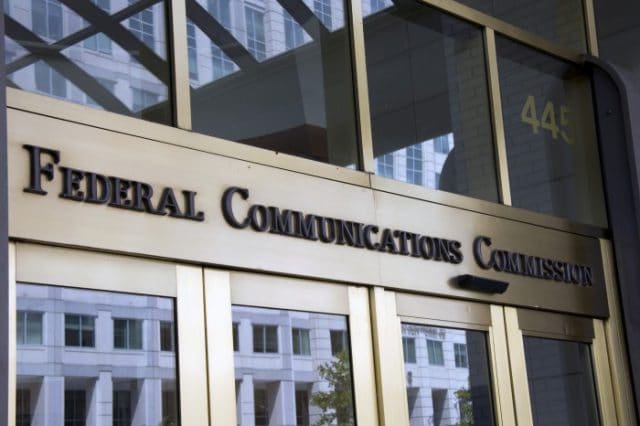 California: Kern
California: Kern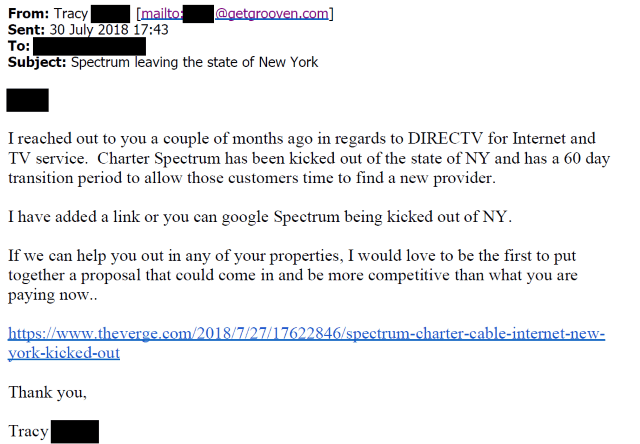
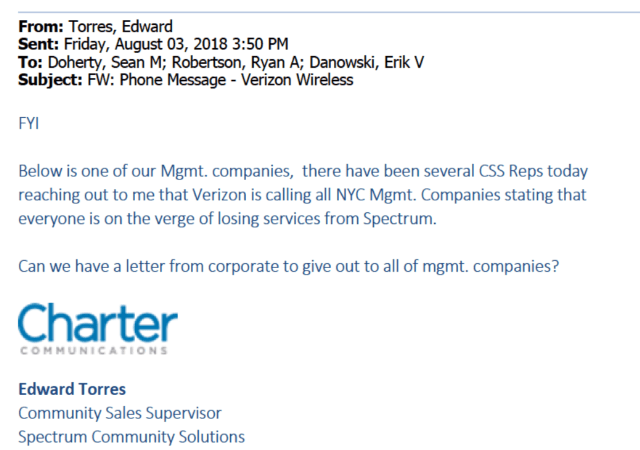

 Pai says giving companies like Verizon the permanent right to manage the kinds of text messages allowed on their networks is a good way to stop texting spam.
Pai says giving companies like Verizon the permanent right to manage the kinds of text messages allowed on their networks is a good way to stop texting spam.
 Homeowners in Greenhills, Ohio woke up one morning recently to discover anonymous contractors unspooling cable and planting orange-colored PVC pipes along a Hamilton County right of way on Sharon Road, straddling the communities of Greenhills and Forest Park.
Homeowners in Greenhills, Ohio woke up one morning recently to discover anonymous contractors unspooling cable and planting orange-colored PVC pipes along a Hamilton County right of way on Sharon Road, straddling the communities of Greenhills and Forest Park.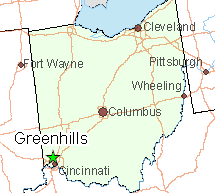 “For me, I’d rather not be the guinea pig,” Andrew Steele
“For me, I’d rather not be the guinea pig,” Andrew Steele 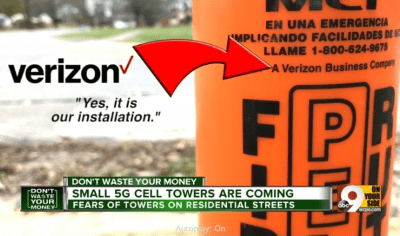 Some believe there is no need for 5G service when 4G works well enough. Others are concerned about property values being lowered by the presence of multitudes of small cell antennas. Others object to the fact the equipment is being installed without full disclosure about exactly who is behind it. Even town leaders are flummoxed, as WCPO reports:
Some believe there is no need for 5G service when 4G works well enough. Others are concerned about property values being lowered by the presence of multitudes of small cell antennas. Others object to the fact the equipment is being installed without full disclosure about exactly who is behind it. Even town leaders are flummoxed, as WCPO reports: